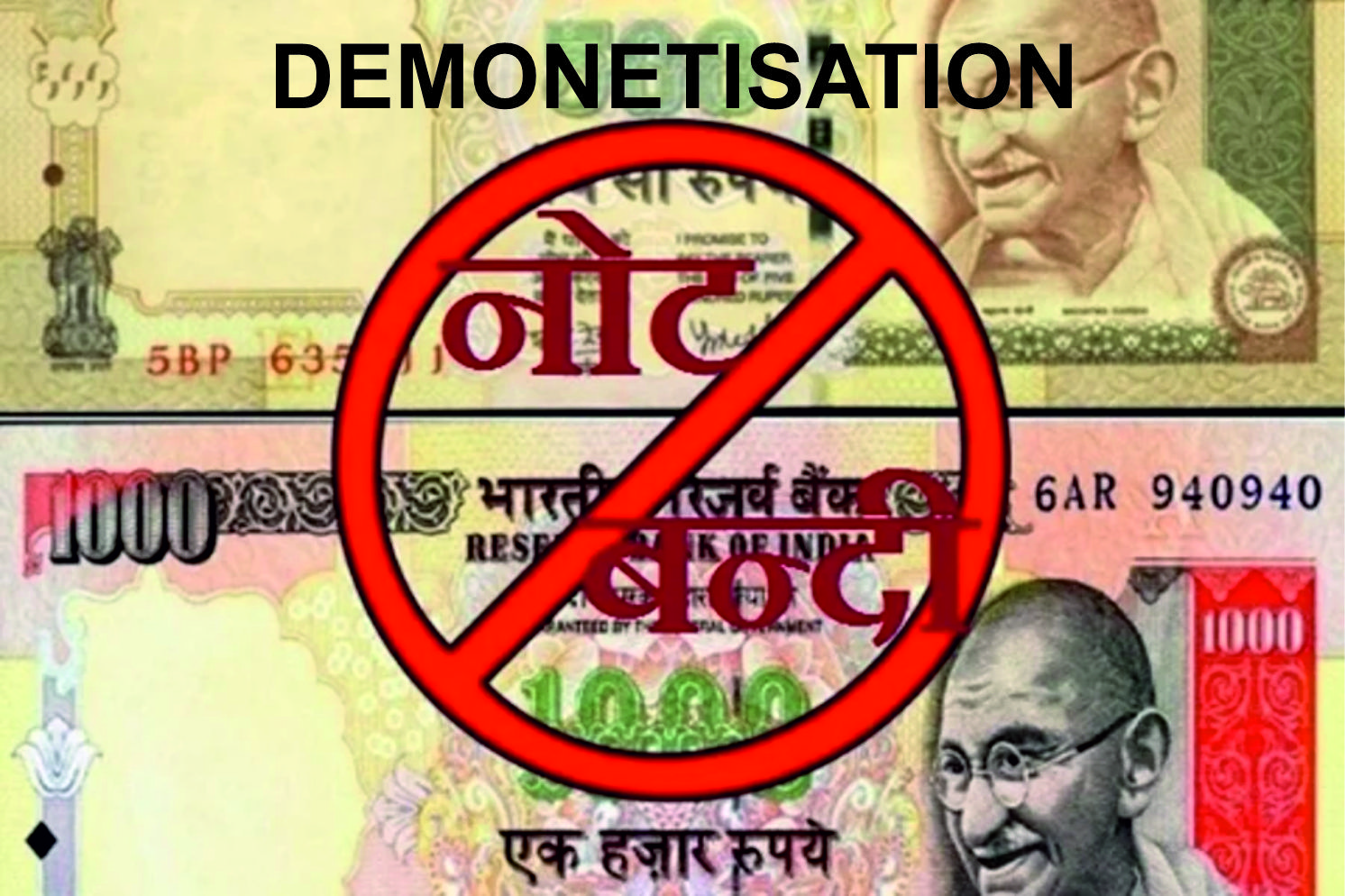US-India Trade Talks Reopen: A Step Toward Easing Tariff Tensions

The reopening of U.S.-India trade negotiations is an important move toward easing tensions created by steep U.S. tariffs on Indian goods. The dispute began over India’s continued purchase of discounted Russian oil, which Washington claims indirectly funds the Ukraine war. The tariffs disrupted export flows and strained relations, but with talks resuming, businesses are hopeful of a solution.
Background: How the Tariff Dispute Began
In August 2025, U.S. President Donald Trump announced 50% tariffs on Indian exports—double the earlier 25%—as a penalty for India’s Russian oil imports.
India called the move “unfair and unreasonable,” pointing out that other countries, including China and the EU, also import Russian oil but were not targeted. New Delhi argued that buying cheaper Russian crude was essential for ensuring energy security for its 1.4 billion people.
Trade negotiations between the two countries had already stalled after five rounds due to U.S. demands for access to India’s agriculture and dairy markets—areas India has always protected. Meanwhile, India’s Russian oil imports rose to 40% of its crude needs in 2025, saving the economy about $17 billion since 2022.
Recent Signs of Progress
-
Talks Restarted: India and the U.S. have resumed discussions, with Commerce Minister Piyush Goyal hopeful of reaching a pact by November 2025.
-
Energy Balancing: India is open to diversifying its energy imports, including buying more U.S. oil, but does not plan to completely stop Russian purchases.
-
Exporter Support: To soften the blow of tariffs, the Indian government has announced liquidity support, SEZ relaxations, and a ₹20,000 crore export mission. India is also boosting trade ties with Russia, the UK, and the EFTA bloc.
What This Means for Exporters
-
Stability Could Return: If tariffs are reduced or restructured, exporters would regain better access to the U.S., India’s largest export market worth $87.3 billion in 2024.
-
Relief Measures in Place: Support programs are helping labor-intensive sectors such as textiles, gems & jewelry, seafood, and leather.
-
Trade Deal Challenges: While the U.S. wants more market access, India has made it clear that agriculture and dairy are non-negotiable, making talks complex.
Sectors Feeling the Pressure
The 50% tariffs affect about $48 billion in exports, hitting labor-driven industries the hardest:
-
Textiles & Apparel: Hubs in Tirupur, Surat, and Delhi face falling competitiveness against rivals like Vietnam and China.
-
Gems & Jewelry: Orders from the U.S. are slowing sharply.
-
Seafood & Leather: Buyers are shifting to cheaper alternatives in Turkey and Thailand.
-
Automobiles: Some exports are hit, but pharmaceuticals and electronics remain exempt.
Economists warn that the tariffs could cut 0.3 percentage points from India’s growth, pushing GDP growth below 6% in FY2025-26.
The Bigger Picture
-
Geopolitical Shifts: The standoff is drawing India closer to Russia and China, highlighted by Modi’s recent meetings with Putin and Xi at the SCO Summit (Sept 2025).
-
Uneven U.S. Policy: India has criticized the U.S. for penalizing it while sparing China, the largest buyer of Russian oil.
-
Energy Security: India insists that stopping Russian oil imports would push global crude prices as high as $200 per barrel, harming not only India but global markets.
Outlook
The resumption of talks is a positive sign, but major hurdles remain. India’s stance on Russian oil and its refusal to open up agriculture and dairy markets will test negotiations. For the U.S., balancing political strategy with economic interests will also be challenging.
If a trade pact is reached, it could bring relief to Indian exporters and restore stability in bilateral trade. Until then, India’s push to diversify export markets and strengthen domestic support for industries will be key to minimizing the damage.



 164
164

 The BharatBiz
The BharatBiz
 16
16

